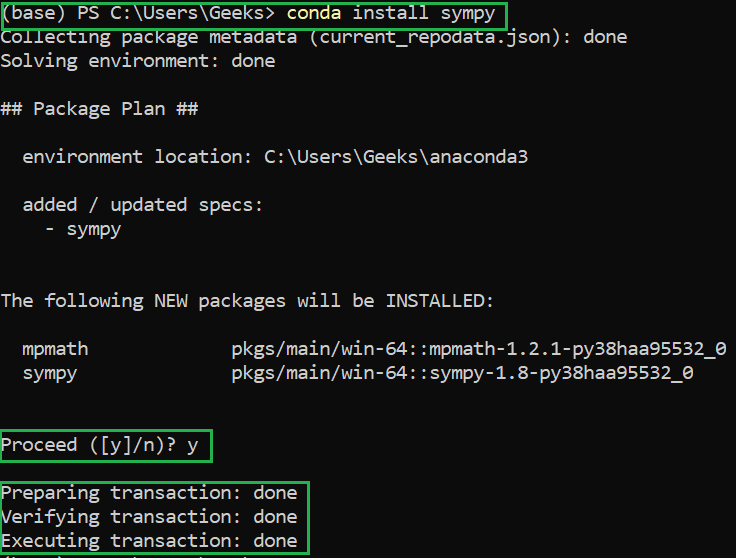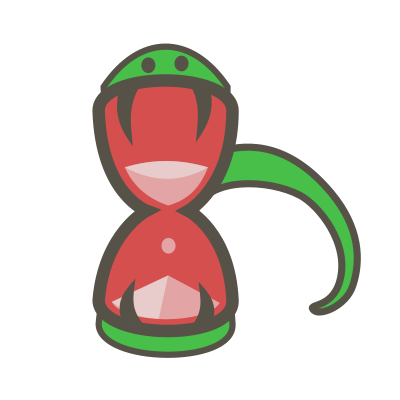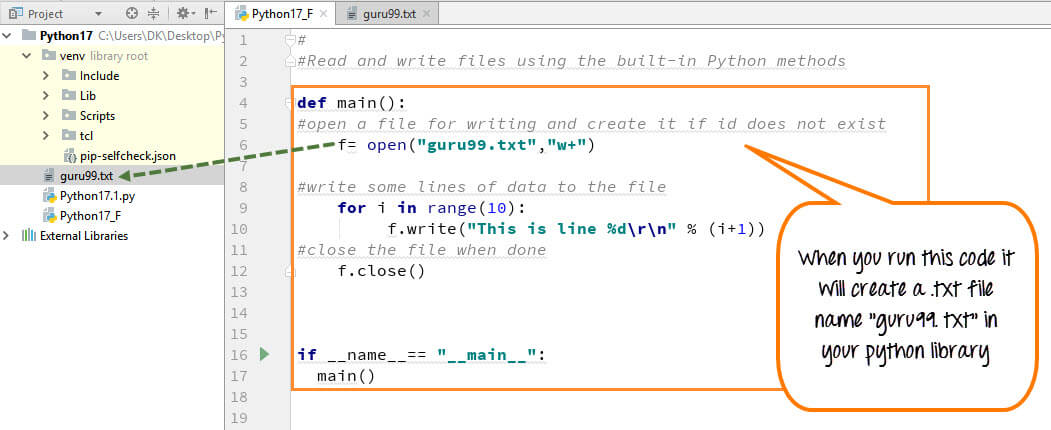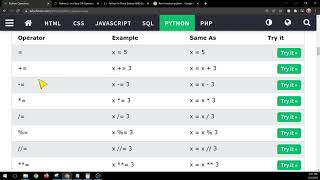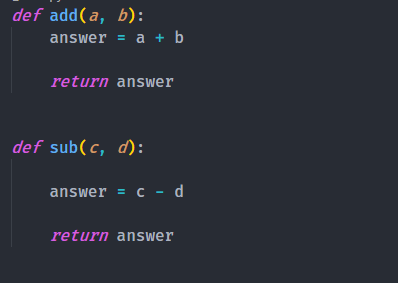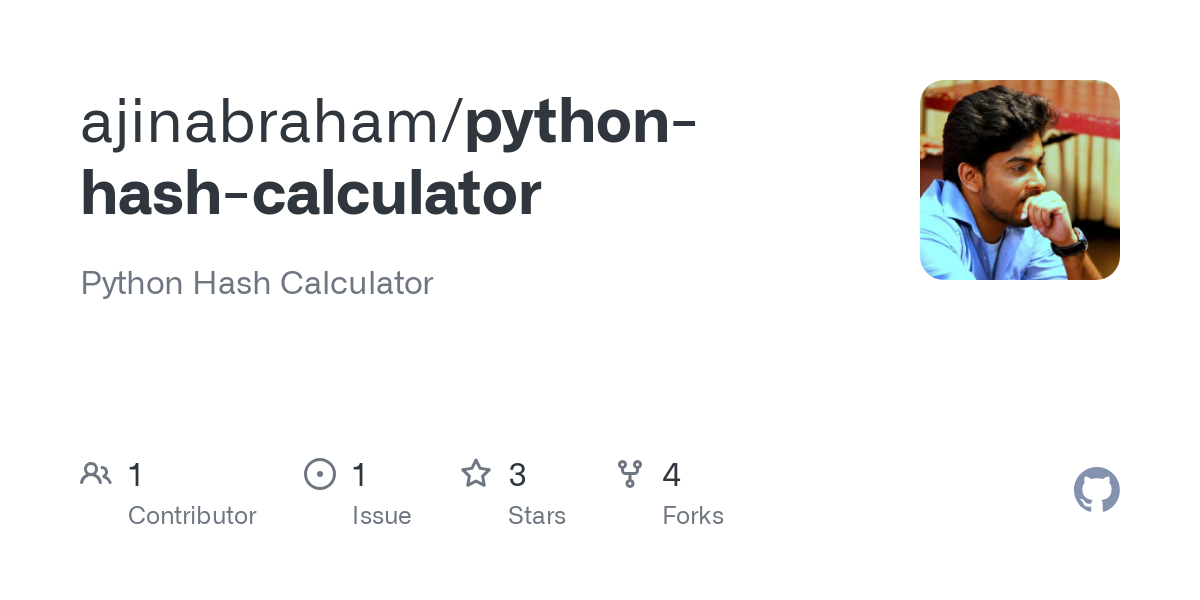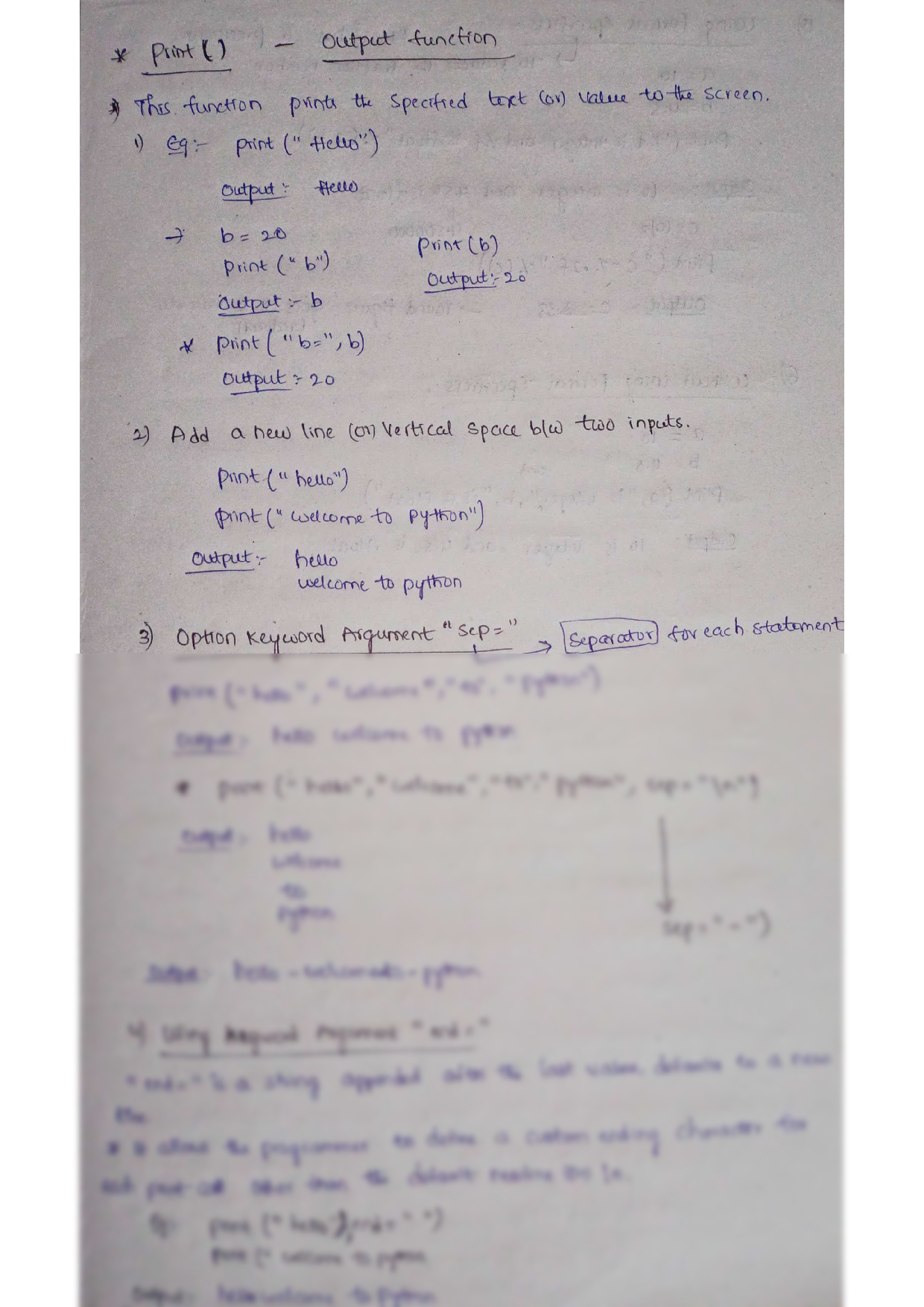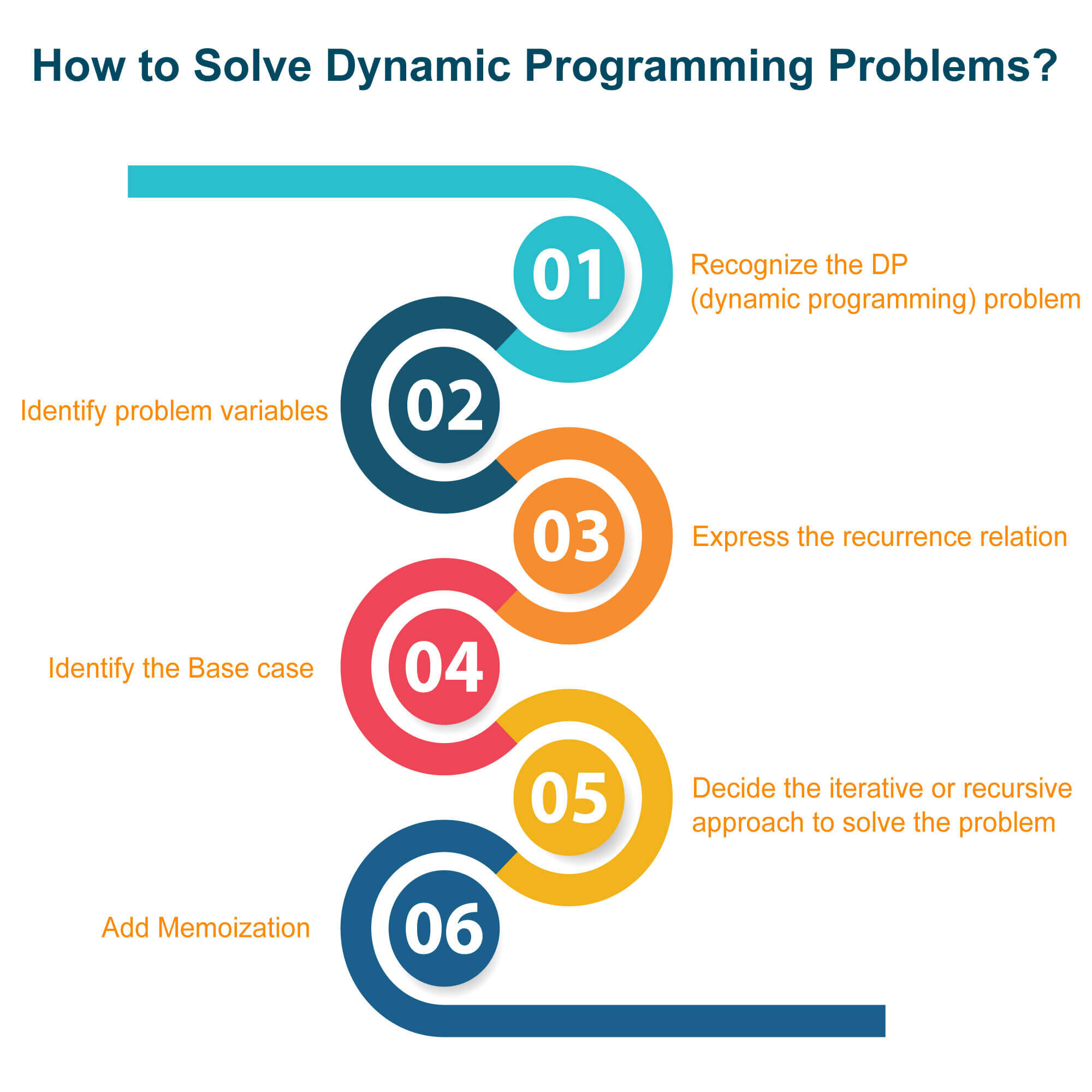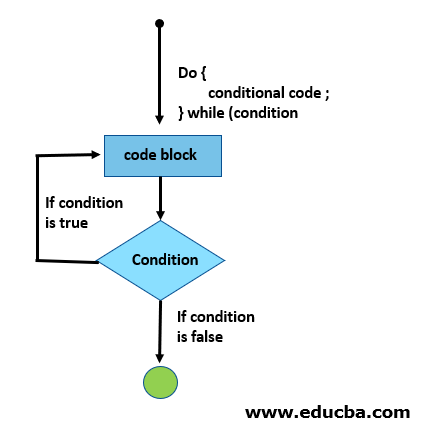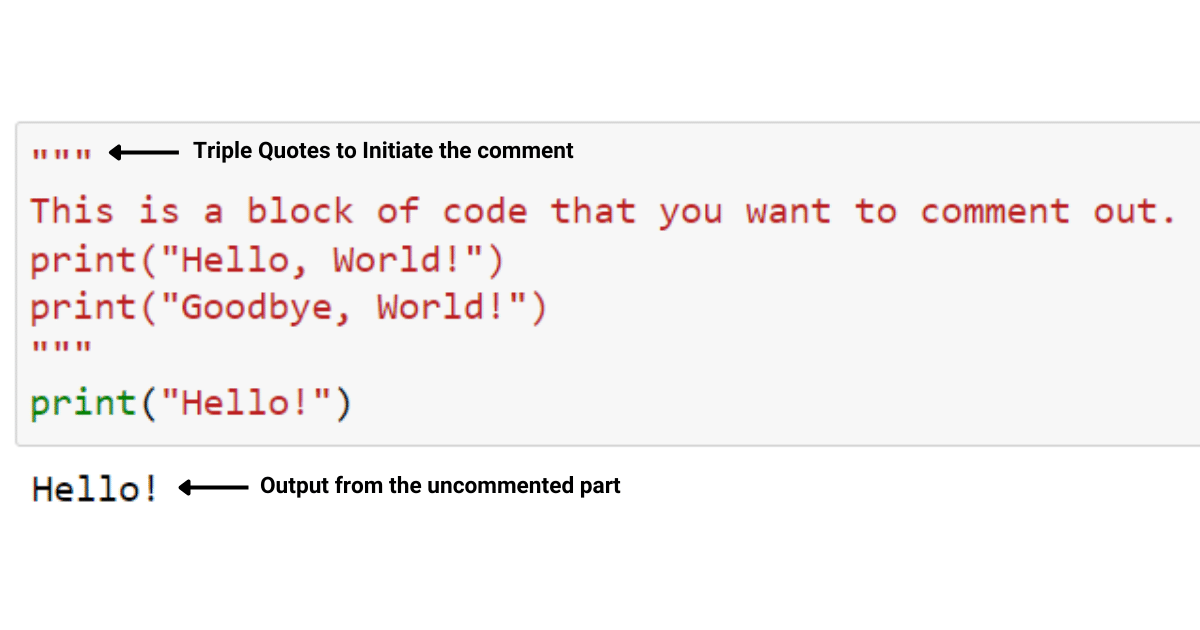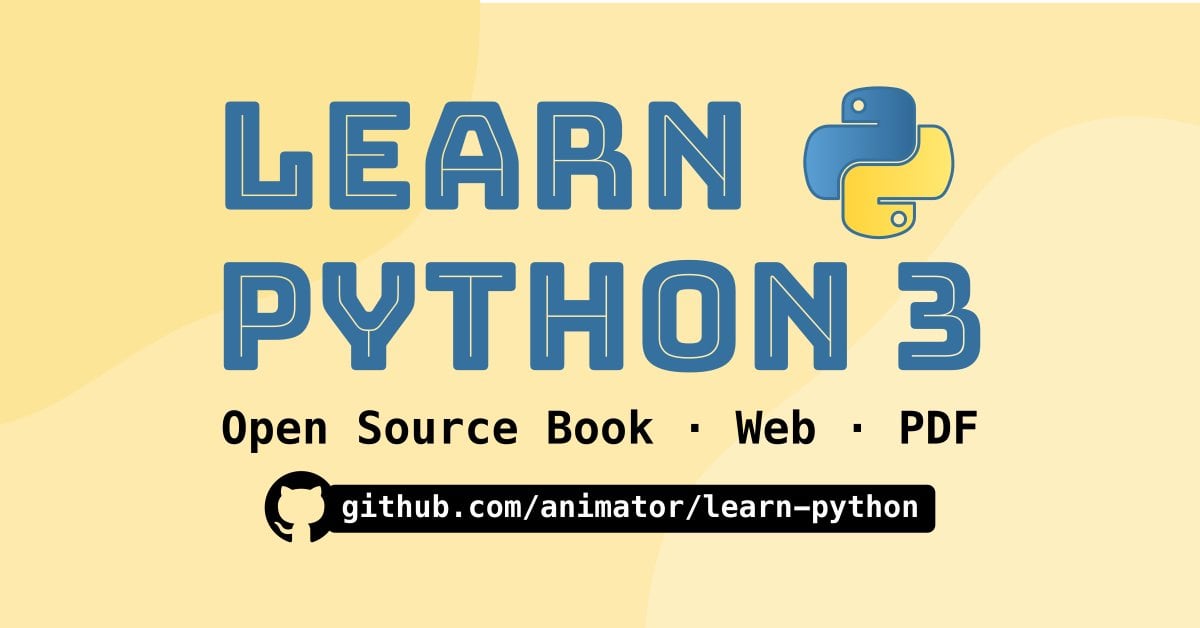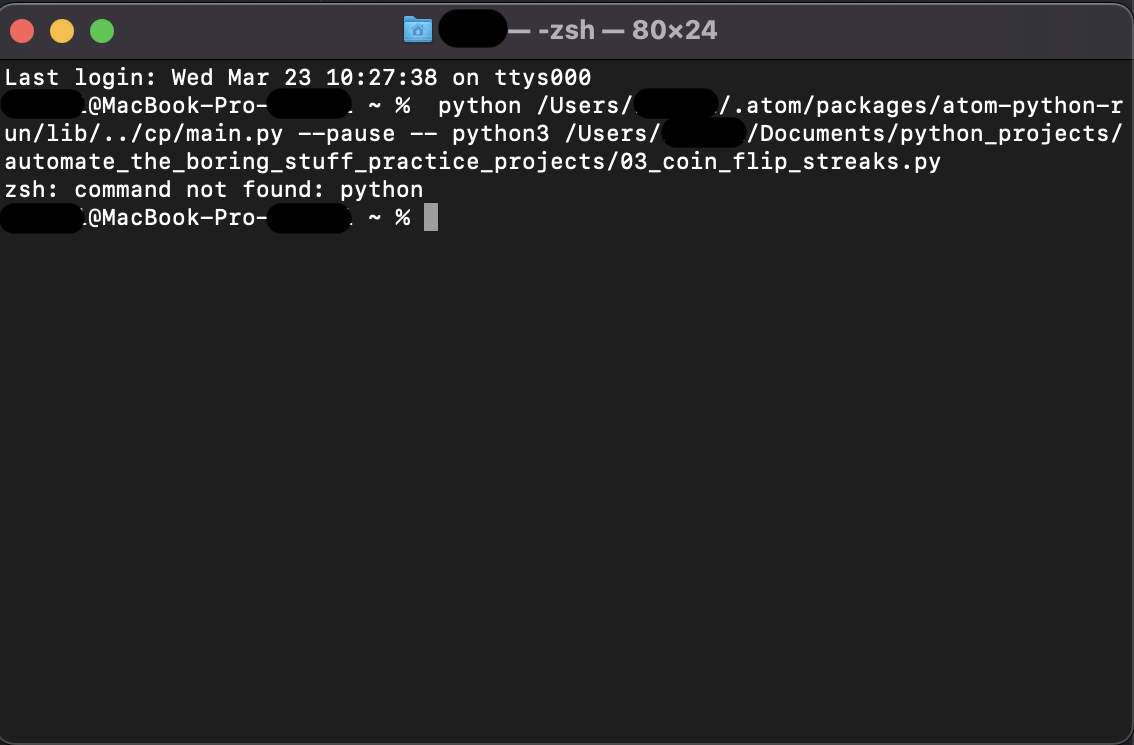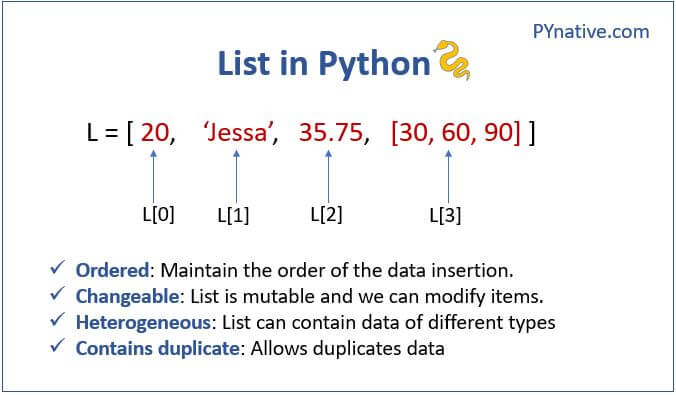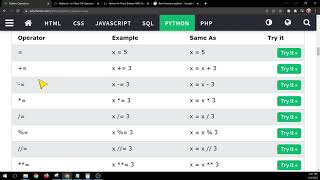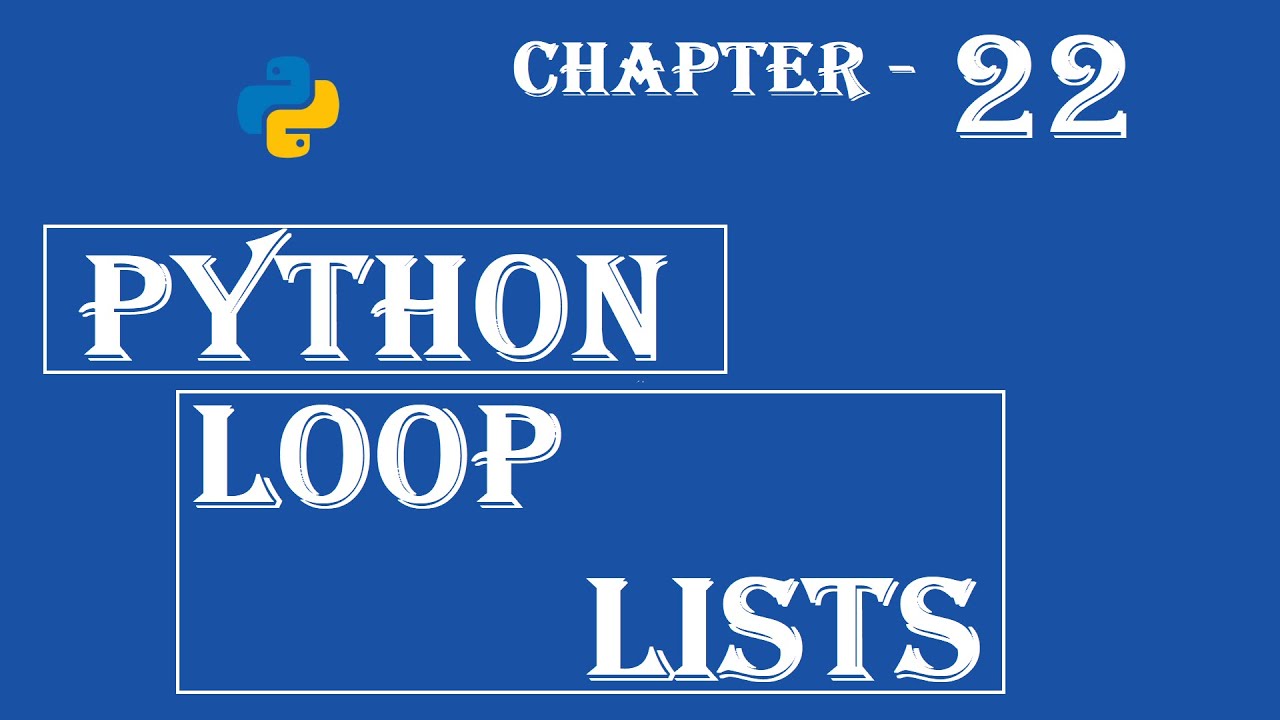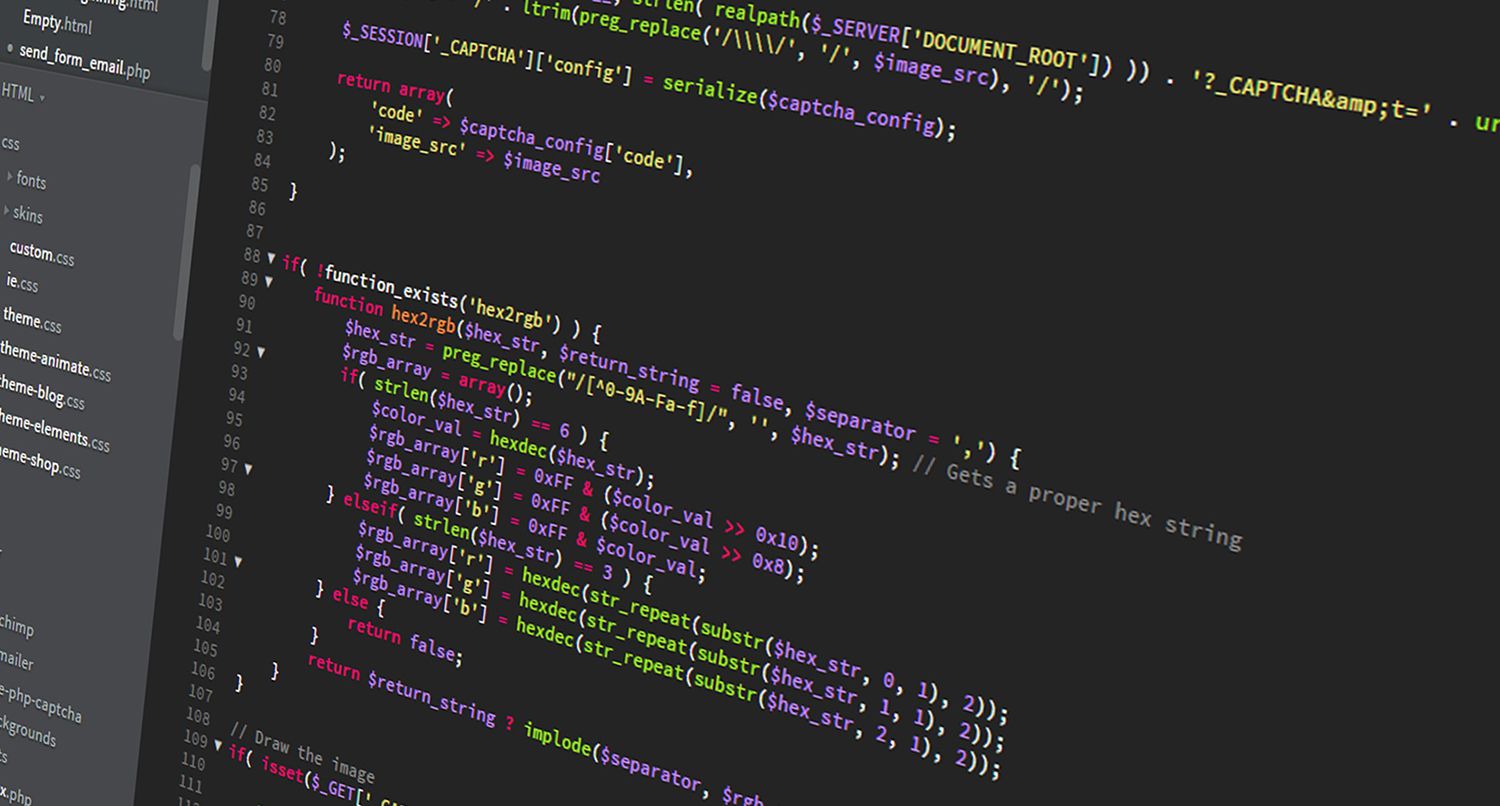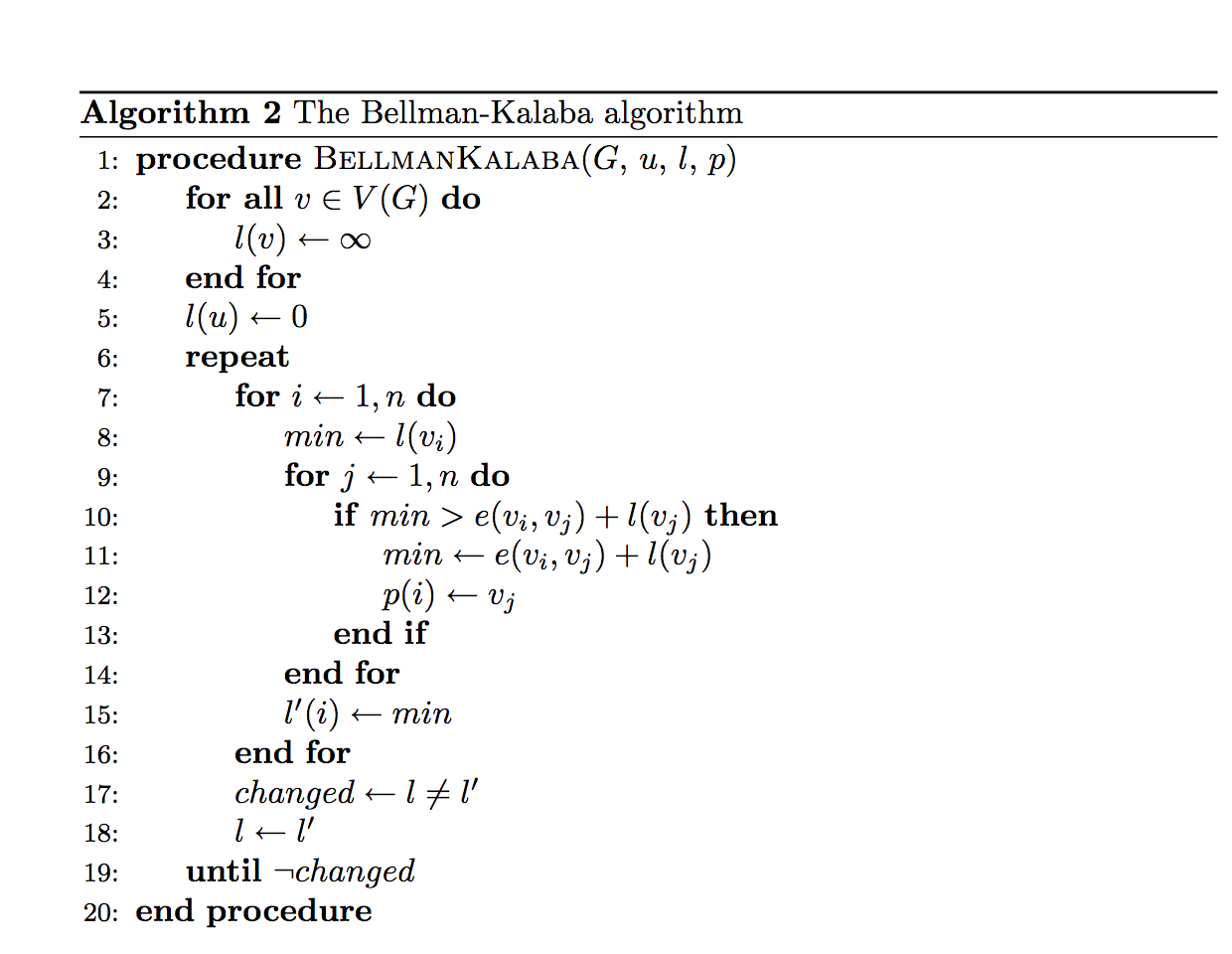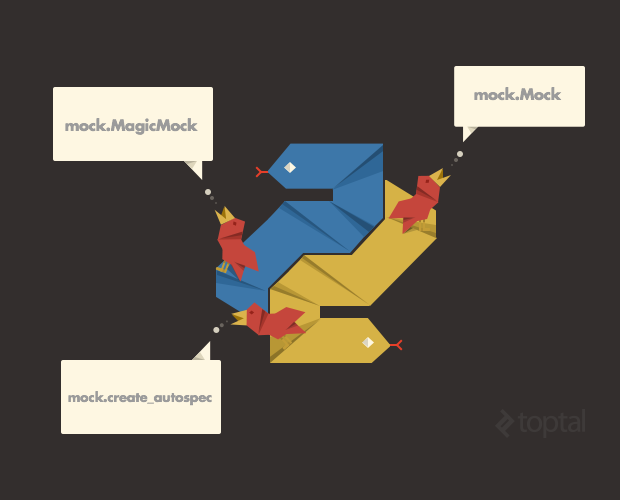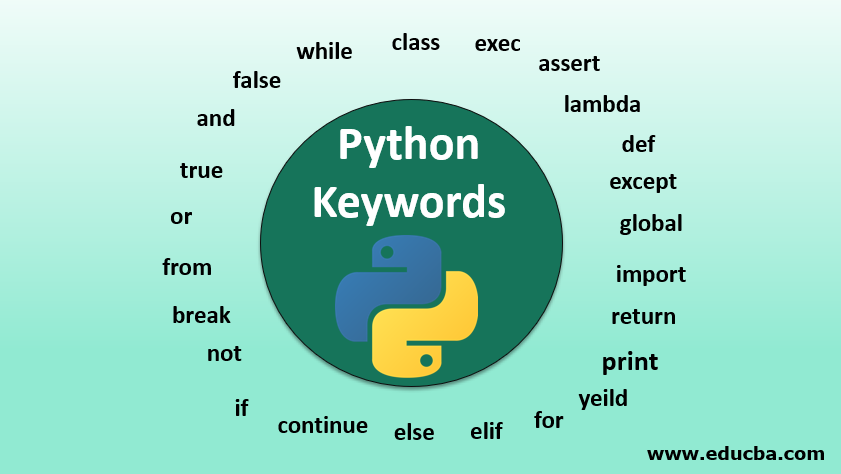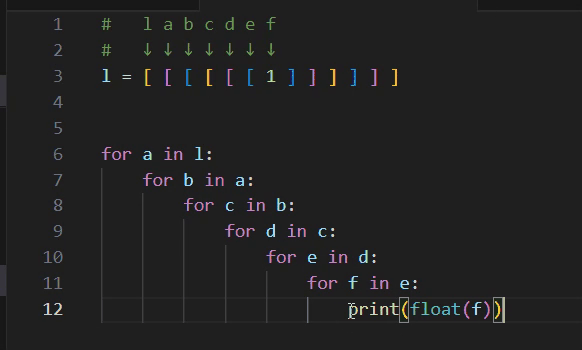Python OOP Cheat Sheet
Python OOP Cheat Sheet
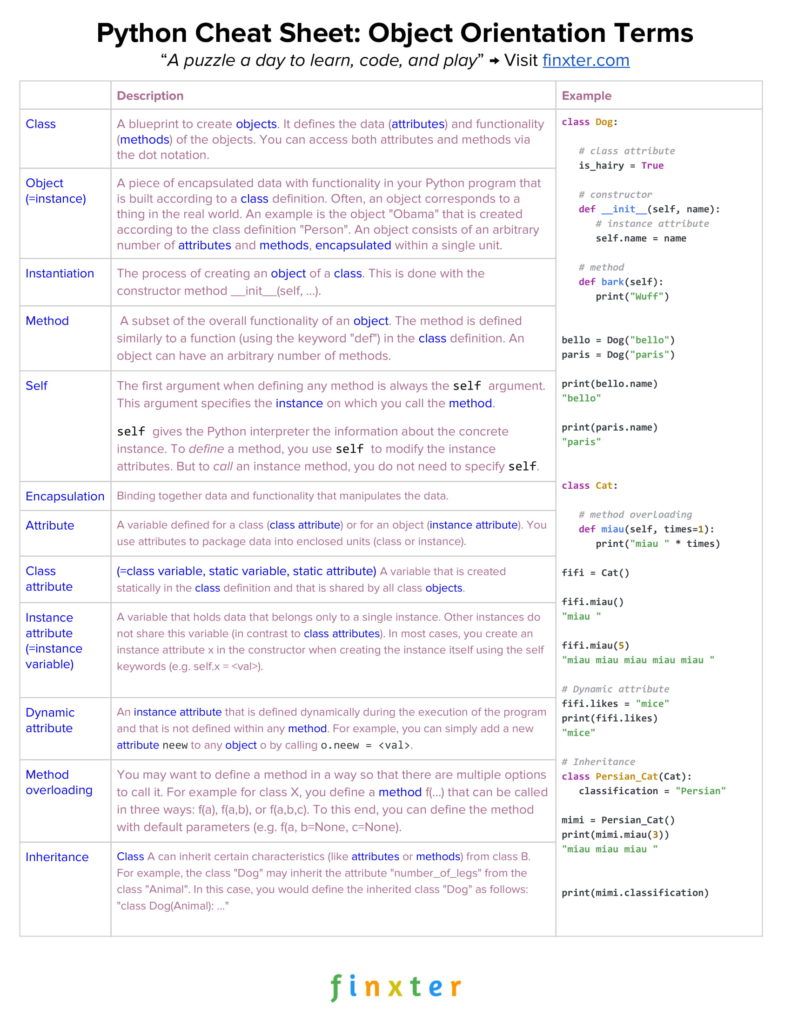
Here's a comprehensive Python OOP cheat sheet for you:
What is OOP?
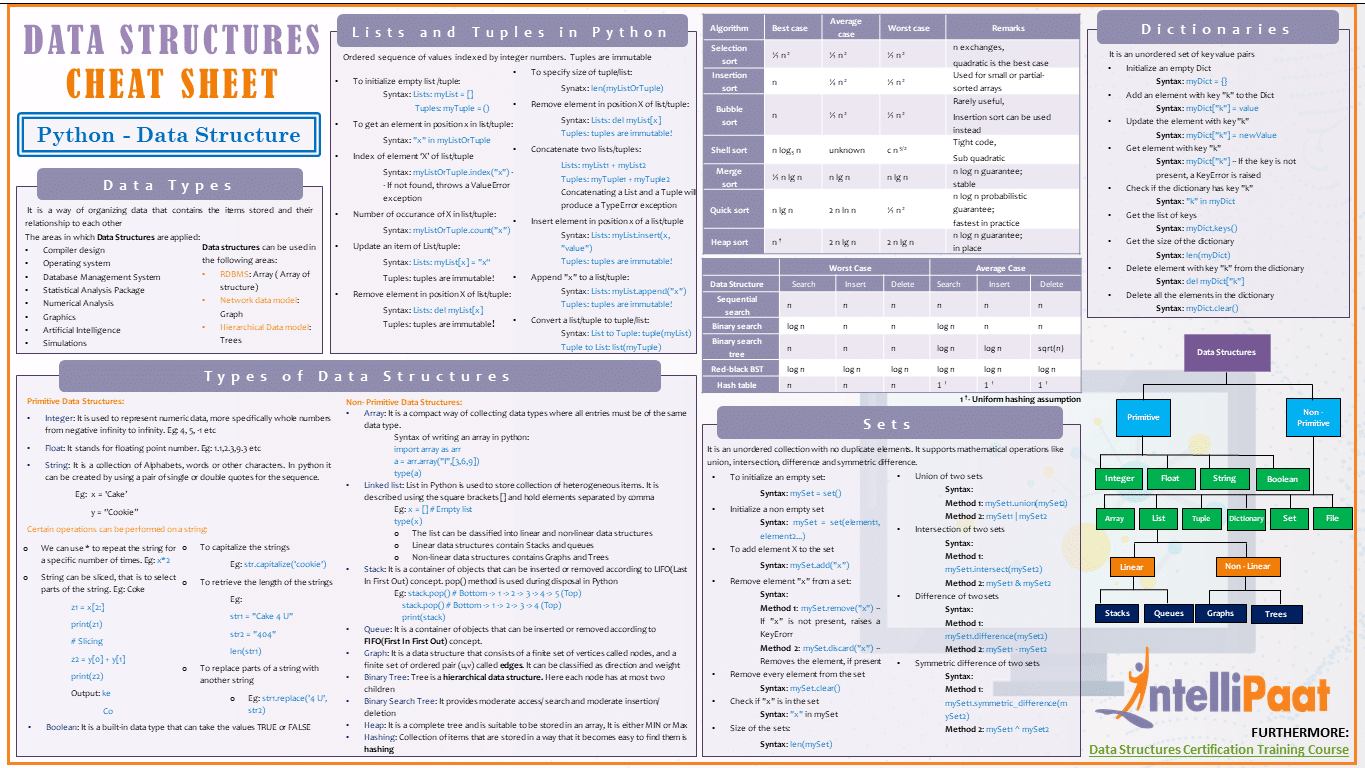
OOP stands for Object-Oriented Programming, which is a programming paradigm that revolves around the concept of objects and classes.
Python OOP Basics:
Class: A class defines the characteristics (data) and behaviors (methods) of an object.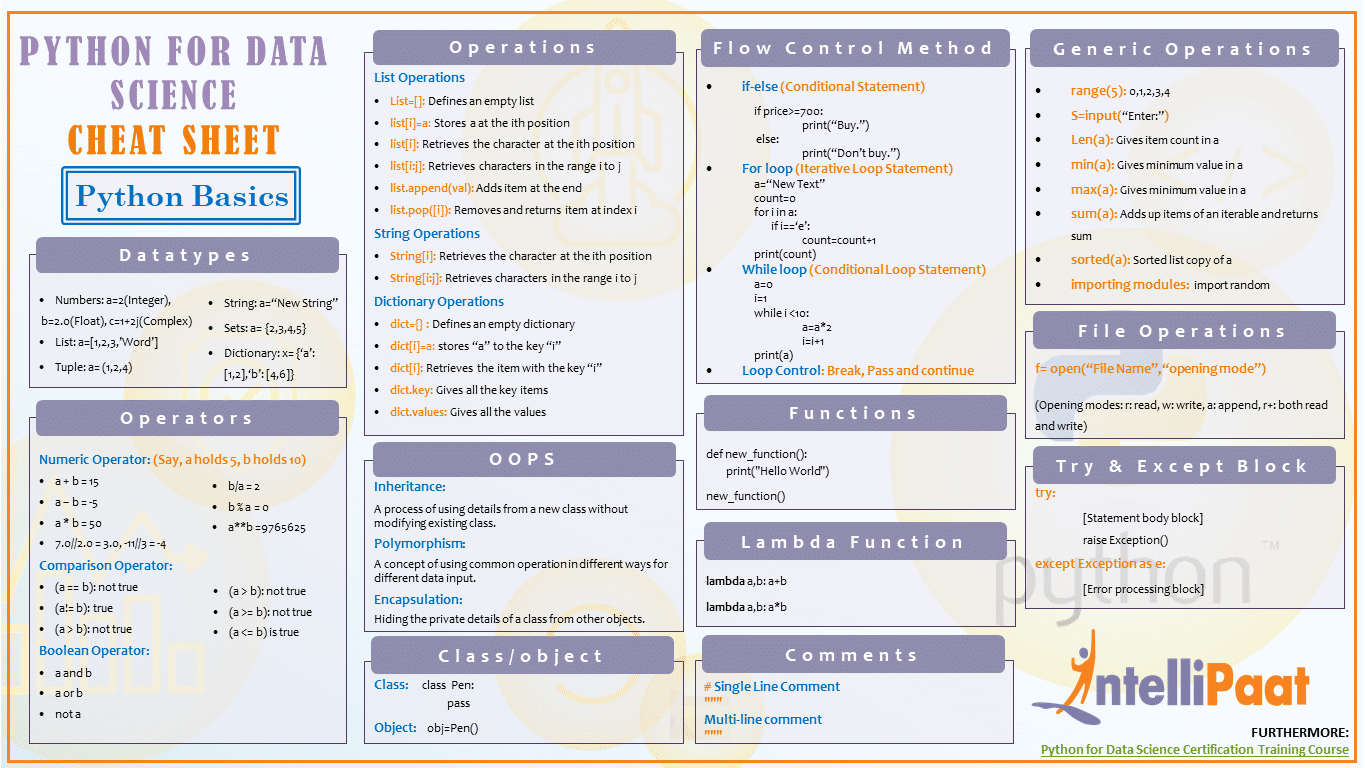
person.name). Method: A function defined within a class, which operates on the attributes and other methods of the class.
Defining Classes:
Simple Class Definition: Use theclass keyword followed by the name of the class and parentheses containing any parent classes (inheritance) and attributes.
Example: class Dog():
self.attribute_name = value).
Example: class Dog(): def __init__(self, name): self.name = name
Example: class Dog(): def bark(self): print("Woof!")
Object Creation and Initialization:
Creating an Object: Use parentheses to create an object instance of a class, passing any required arguments to the constructor method (__init__).
Example: my_dog = Dog("Fido")
__init__) using self-reference.
Example: class Person(): def __init__(self, name, age): self.name = name; self.age = age
Accessing and Modifying Attributes:
Attribute Access: Use dot notation to access an attribute (e.g.,my_dog.name). Attribute Modification: Update the value of an attribute using dot notation (e.g., my_dog.age += 1).
Method Invocation:
Simple Method Call: Call a method on an object instance, passing any required arguments.Example: my_dog.bark()
Example: my_dog.bark().sit().roll_over()
Inheritance and Polymorphism:
Parent Class Definition: Define a parent class with attributes and methods that can be inherited by child classes. Child Class Inheritance: Create a child class that inherits from the parent class, using parentheses to specify inheritance (class ChildClass(parent_class):). Polymorphic Method Overriding: Define a method in a parent class and override it in a child class with different behavior.
Encapsulation and Abstraction:
Attribute Encapsulation: Hide attributes within an object instance and provide controlled access through methods. Method Abstraction: Consume complex logic within methods, shielding the inner workings from external access.Best Practices and Design Considerations:
Follow PEP 8 Style Guide: Ensure code adheres to Python's official style guide for readability and consistency. Use Meaningful Class and Method Names: Choose descriptive names for classes and methods that reflect their purposes. Design with Encapsulation and Abstraction in Mind: Implement encapsulation and abstraction to manage complexity, reduce coupling, and improve maintainability.Common Gotchas:
Avoid Global Variables: Use instance variables (self) instead of global variables to avoid naming conflicts. Don't Modify Instance Attributes Directly: Update attributes through methods or properties to ensure integrity and encapsulation. Be Mindful of Method Chaining: Ensure method calls are properly chained to avoid unexpected behavior.That's a comprehensive Python OOP cheat sheet! I hope you found it helpful in your Python programming journey.
Python object-oriented programming book
I'd be delighted to help you with that!
Python Object-Oriented Programming Book Recommendation
If you're looking for a comprehensive guide on Python's object-oriented programming (OOP) concepts, I highly recommend the following book:
1. "Python Crash Course" by Eric Matthes
While not exclusively focused on OOP, this book provides an excellent introduction to Python and its OOP features. The author covers the basics of classes, inheritance, polymorphism, encapsulation, and more.
2. "Head First Python" by Paul Barry
This book uses a unique approach to teach programming concepts, including OOP. It's packed with practical examples, diagrams, and exercises that will help you solidify your understanding.
3. "Python Programming: An Introduction to Computer Science" by John Zelle
This textbook covers the fundamentals of computer science using Python as the primary programming language. The OOP sections are well-organized, providing a clear explanation of classes, objects, inheritance, and polymorphism.
4. "Learning Python" by Mark Lutz
A classic! This book is considered one of the most comprehensive guides to learning Python. The author dedicates significant space to OOP concepts, including an in-depth look at Python's special methods.
5. "Python for Data Analysis" by Wes McKinney
Although not exclusively focused on OOP, this book covers data analysis and visualization using Python. You'll learn about classes, objects, and their applications in real-world scenarios.
When selecting a book, consider your goals:
Are you a beginner looking to learn the basics of Python and OOP? Do you want a more advanced exploration of OOP concepts?Each of these books has its strengths, but I hope this helps you narrow down the perfect fit for your needs!
Would you like me to elaborate on any specific aspect of OOP or programming in general?
